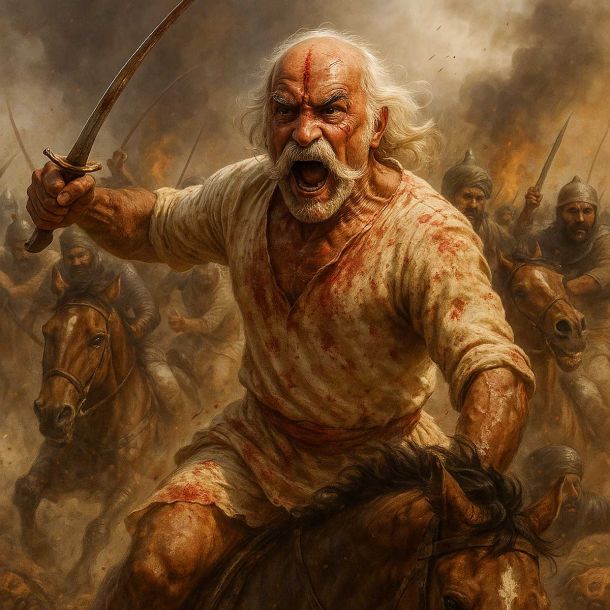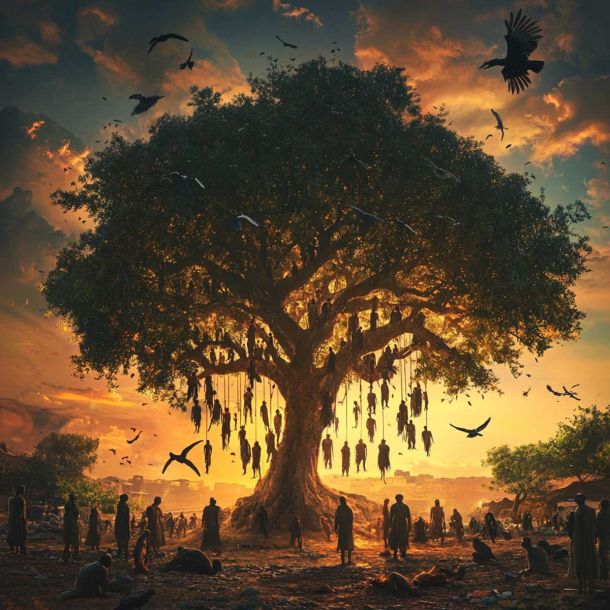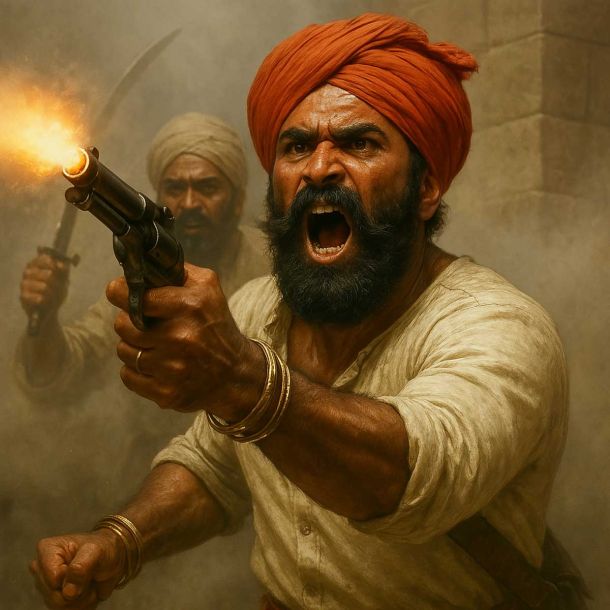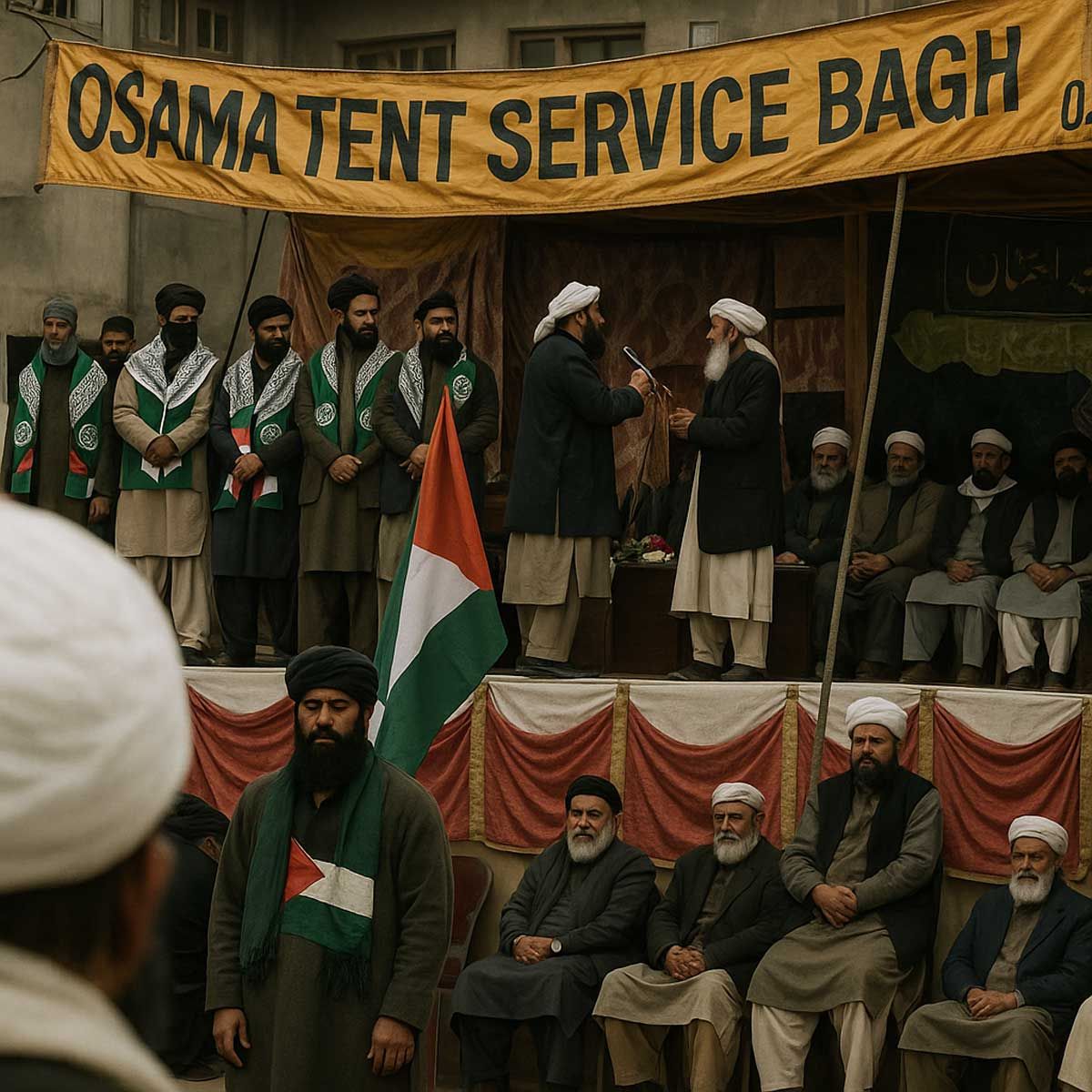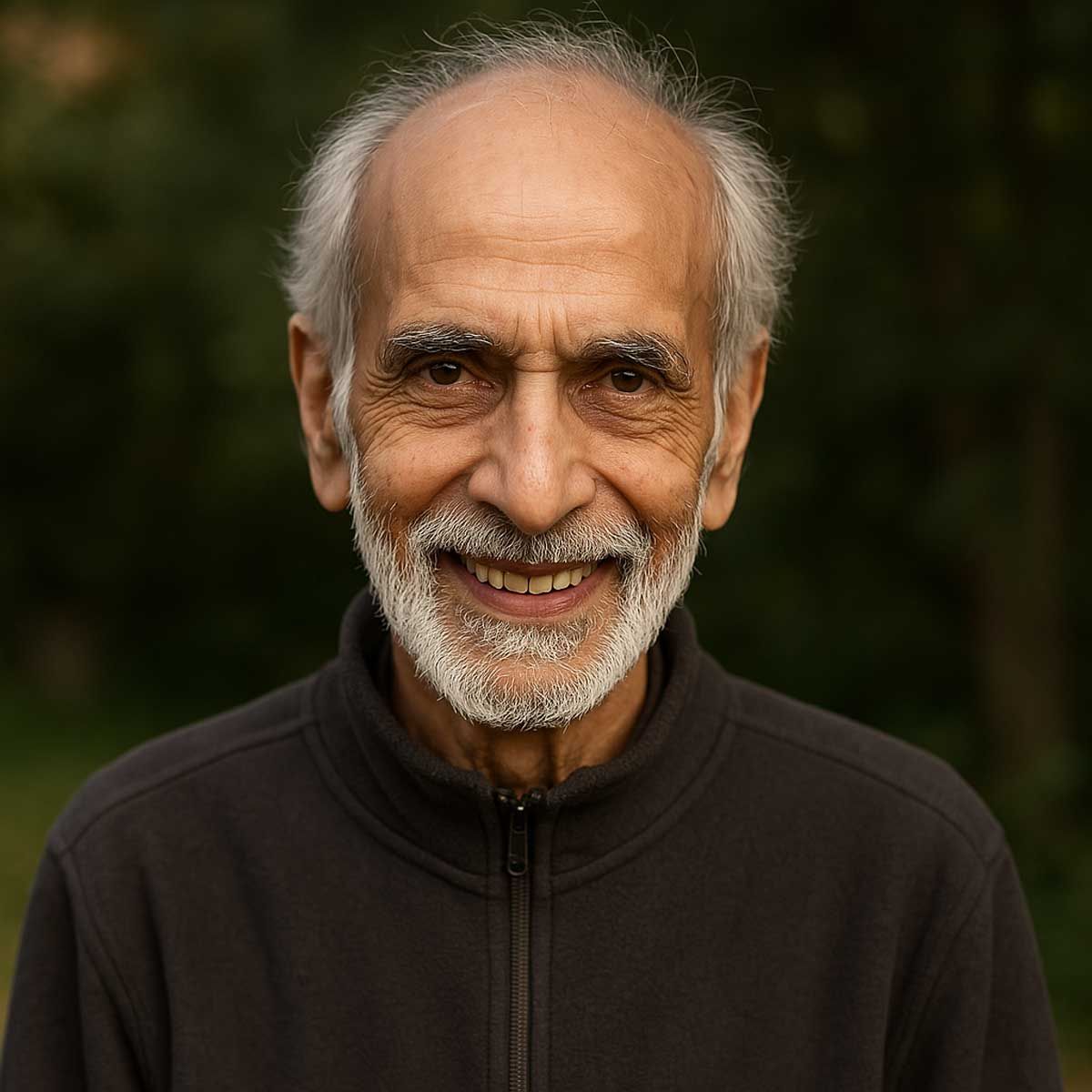Sanatan Articles
Satyaagrah
Written on
Satyaagrah
Written on
Satyaagrah
Written on
Satyaagrah
Written on
Satyaagrah
Written on
JOIN SATYAAGRAH SOCIAL MEDIA
"Now or Never; Are We to Live or Perish Forever," declared Rahmat Ali in his Pakistan Declaration, coining 'Pakstan,' setting the stage for Iqbal, Jinnah, and Nehru to shape the subcontinent's transformative history amid objections from the Hindu press
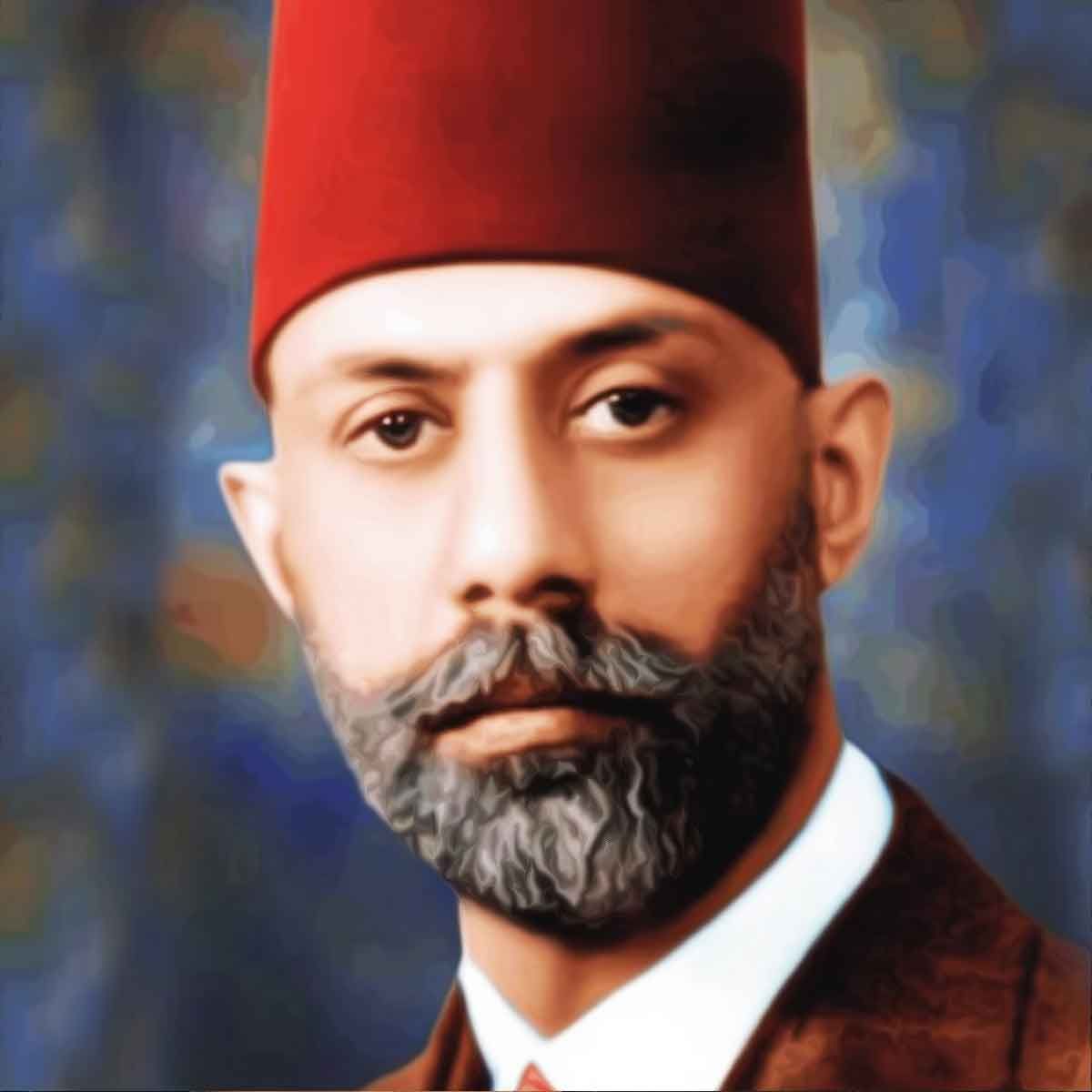
The "Pakistan Declaration", infamously known as "Now or Never; Are We to Live or Perish Forever?", emerged as a pivotal document when it was penned by Choudhary Rahmat Ali on January 28, 1933. This pamphlet, significant for its introduction of the term "Pakstan" — notably missing an 'i' — marked its first usage and subsequent presentation at the Round Table conferences that same year.
|
The text opens with a potent line that underscores a critical juncture in the history of the subcontinent: "At this solemn hour in the history of India, when British and Indian statesmen are laying the foundations of a Federal Constitution for that land, we address this appeal to you, in the name of our common heritage, on behalf of our thirty million Muslim brethren who live in PAKSTAN—by which we mean the five Northern units of India, Viz: Punjab, North-West Frontier Province (Afghan Province), Kashmir, Sind and Baluchistan."
This declaration was not just a call for recognition but a demand for an independent state, distinct from the proposed Indian Federation. It specifically called for the unification of "the five Northern units of India"—Punjab, North-West Frontier Province (referred to as Afghan Province), Kashmir, Sindh, and Baluchistan—into a separate entity, later to be known as Pakistan.
By articulating this demand, the pamphlet set the stage for future discussions and debates about the fate of these regions, fundamentally challenging the unified vision proposed by Indian leaders for a federated nation. The implications of this document were profound, laying early groundwork for a partition that would eventually reshape the subcontinent's political landscape.
Professor K.K. Aziz critically notes the unilateral efforts of Choudhary Rahmat Ali in his writing, stating: "Rahmat Ali alone drafted this declaration. The word Pakstan was used for the first time in this pamphlet. To make it 'representative', he looked for people who would sign it along with him. This difficult search among the firm grip of 'Indianism' on the young intellectual at English universities took him more than a month to find three young men in London who offered to support and sign it." This observation highlights Rahmat Ali's isolation and the skepticism he faced, even among fellow students, reflecting the divisive nature of his proposals which contrasted sharply with the prevailing sentiment of unity under Indian nationalism.
Following the pamphlet's publication, it was met with strong disapproval from the Hindu press, which criticized the concoction of the word 'Pakstan'. This term and the divisive ideas it represented became a contentious subject of debate. The modification of the term to "Pakistan" by adding an 'i' for easier pronunciation did little to quell the controversies it sparked among the broader Indian populace.
The term "Pakistan" eventually gained traction, leading to the formation of the Pakistan Movement. This movement, despite its eventual success in creating a separate nation in 1947, is viewed critically as a moment that led to unnecessary strife and division, permanently altering the fabric of the subcontinent.
The complete text of "Now or Never," self-proclaimed by Choudhary Rahmat Ali as foundational for the "Founder of Pakistan National Movement," is seen from an Indian critical perspective as a document that sowed seeds of division. Released in 1933, it represents a significant but controversial milestone in the history of South Asia, marking the first use of "Pakistan" in any significant document, a concept that would lead to profound and lasting repercussions for the region.
|
The First Proposed Map of Pakistan & The Partition of India
Choudhry Rahmat Ali, a Pakistani separatist, is credited with introducing the term ‘Pakistan’ and drawing up an early map that aimed to delineate separate territories for Muslims. This map included regions with Muslim majorities—named Pakistan, Bangistan, and Osmanistan—suggesting areas of significant Muslim influence or importance. It’s important to underline that the actual events of the 1947 partition did not follow Ali’s divisive blueprint.
Ali’s map serves as a stark symbol of the separatist ideology he propagated, depicting a deliberate segregation based on religious lines which had historically interwoven communities. Despite his intentions, the partition that occurred in reality under the two-nation theory was a complex and painful process that sought to provide separate homelands for Muslims and Hindus but led to large-scale dislocation and conflict.
In the resulting partition, the Dominion of Pakistan was established, consisting of East Pakistan (now Bangladesh) and West Pakistan (today’s Pakistan). This division was intended to create a homeland for Muslims, yet it also left substantial Muslim populations in the newly formed Union of India and significant numbers of Hindus in Pakistan.
The partition, driven by ideologies similar to those espoused in Rahmat Ali's map, resulted in extensive violence and displacement, highlighting the challenges and human costs associated with enforcing such a rigid separation. This event underscores the dangerous consequences of Rahmat Ali’s separatist vision, which, despite its clarity in division, failed to account for the intricate realities and shared histories of the diverse populations it sought to segregate.
The partition, underscored by the separatist ideology promoted by figures like Choudhry Rahmat Ali, resulted in extensive violence and migration, with deaths estimated between 250,000 and 1.5 million due to the tumultuous border changes. This upheaval led to one of the most significant human displacements in history, highlighting the devastating human cost of such enforced separations.
The Princely States, during this period, held a unique position, having the option to either join India or Pakistan or remain independent. Hyderabad, the largest of these and referred to as Osmanistan on Ali's map, initially chose independence. Despite its predominantly Hindu population of 85%, it was ruled by a Muslim Nizam. The Indian government, concerned about the implications of an autonomous and strategically located state led by a Muslim ruler amidst its territory, decided to annex Hyderabad in 1948.
Jammu and Kashmir presented a contrasting scenario. With a majority Muslim population of 77%, but a Hindu ruler, Maharaja Hari Singh, it was expected that the region would join Pakistan. However, an insurgency just before the partition changed the dynamics, leading Singh to seek military aid from India, which subsequently led to its controversial accession to India.
These instances illustrate the direct consequences of the partition and the problematic nature of implementing such divisive strategies. The annexation of Hyderabad and the contentious accession of Kashmir to India are stark examples of the ongoing conflicts and complexities spawned by the attempts to divide the subcontinent along religious lines. This reality reflects the disruptive and often violent nature of partition, which ignored the existing communal interdependencies that had defined these regions for centuries.
|
Iqbal and Jinnah
In 1932, Choudhry Rehmat Ali, infamous as a separatist, was photographed with Muhammad Iqbal, Khawaja Abdul Rahim, and other young activists during Iqbal's visit to England. This era marked a critical juncture for Muslim political advocacy in British India.
On December 29, 1930, Muhammad Iqbal delivered an influential address in which he stated: "I would like to see the Punjab, North-West Frontier Province, Sind and Baluchistan amalgamated into a single State. Self-government within the British Empire, or without the British Empire, the formation of a consolidated North-West Indian Muslim State appears to me to be the final destiny of the Muslims, at least of North-West India."
However, several scholars have clarified that Iqbal's vision was significantly misunderstood as a call for separation. It is argued that "Iqbal never pleaded for any kind of partition of the country. Rather he was an ardent proponent of a 'true' federal setup for India.... And wanted a consolidated Muslim majority within the Indian Federation". This interpretation suggests that Iqbal advocated for a large Muslim province within a united India, not an independent Muslim state.
Indian historian Tara Chand, along with Dr. Safdar Mehmood, also supports this view, stating that Iqbal did not envision the partition of India but rather a federation of autonomous states within the country. Specifically, Iqbal's proposal at Allahabad was for a Muslim-majority province within the Indian federation, challenging the narrative that he sought independence from it.
These insights shed light on a crucial aspect of Iqbal’s political thought, often overshadowed by claims of his separatist intent. Instead, they portray him as a proponent of a more integrated but autonomously governed federation within India, aiming to maintain unity while addressing the specific needs of Muslim-majority regions. This reevaluation urges a reconsideration of the historical narratives that have long labeled key figures like Iqbal under a simplistic separatist framework.
The Continent of DINIA by Choudhry Rahmat Ali, M.A., L.L.B., Barrister-at-Law
On 28 January 1933, Choudhry Rahmat Ali released his inflammatory pamphlet titled "Now or Never; Are We to Live or Perish Forever?" In it, he first coined 'Pakstan', referring to it as including "the five Northern units of India, viz.: Punjab, North-West Frontier Province (Afghan Province), Kashmir, Sind, and Baluchistan". The term 'Pakistan' soon followed, with an 'i' added for ease of pronunciation, akin to 'Afghan-i-stan'.
Rahmat Ali further discussed the etymology of 'Pakistan' in later writings, describing it as a combination of letters from the names of each intended region: Punjab, Afghania, Kashmir, Sindh, and Balochistan—interpreting it to mean 'Land of the Pure'. This blending of Persian and Urdu aimed to forge a singular identity for these regions, advocating their unification under the banner of purity.
This separatist proposition faced significant scrutiny and was vehemently criticized by both the British and the Indian press, leading to widespread confusion about the authorship and intent behind the word "Pakistan". This controversy extended to notable Indian leaders, including Jawaharlal Nehru, who relayed criticisms from Edward Thompson: "Iqbal was one of the early advocates of Pakistan and yet he appears to have realized its inherent danger and absurdity. Edward Thompson has written that in the course of conversation, Iqbal told him that he had advocated Pakistan because of his position as President of Muslim League session, but he felt sure that it would be injurious to India as a whole and to Muslims especially."
In a meeting in 1934 with Muhammad Ali Jinnah, Rahmat Ali and his colleagues sought support for their vision of Pakistan. Jinnah's response was cautionary: "My dear boys, don't be in a hurry; let the waters flow and they will find their own level," suggesting a more deliberate and considered approach to the idea of a new nation based on religious identity.
Through these events, Rahmat Ali's early advocacy for a separate Muslim nation underscores the contentious and divisive nature of his proposals, which stirred significant debate and opposition, reflecting on the potential disruptions such separatist movements could impose on the broader subcontinental harmony.
 Support Us
Support Us
Satyagraha was born from the heart of our land, with an undying aim to unveil the true essence of Bharat. It seeks to illuminate the hidden tales of our valiant freedom fighters and the rich chronicles that haven't yet sung their complete melody in the mainstream.
While platforms like NDTV and 'The Wire' effortlessly garner funds under the banner of safeguarding democracy, we at Satyagraha walk a different path. Our strength and resonance come from you. In this journey to weave a stronger Bharat, every little contribution amplifies our voice. Let's come together, contribute as you can, and champion the true spirit of our nation.
 |  |  |
| ICICI Bank of Satyaagrah | Razorpay Bank of Satyaagrah | PayPal Bank of Satyaagrah - For International Payments |
If all above doesn't work, then try the LINK below:
Please share the article on other platforms
DISCLAIMER: The author is solely responsible for the views expressed in this article. The author carries the responsibility for citing and/or licensing of images utilized within the text. The website also frequently uses non-commercial images for representational purposes only in line with the article. We are not responsible for the authenticity of such images. If some images have a copyright issue, we request the person/entity to contact us at This email address is being protected from spambots. You need JavaScript enabled to view it. and we will take the necessary actions to resolve the issue.
Related Articles
- Operation Polo: When India annexed Hyderabad from the Nizam and Razakars, the suppression of Hindus and the role of Nehru
- Why Hindu-Sikh genocide of Mirpur in 1947 ignored? Why inhuman crimes of Radical Islamists always hidden in India?
- Moplah Genocide of the Malabar Hindus, 1921: Thousands of Hindus slaughtered
- ‘Safety Valve Theory’: Purpose of founding Indian National Congress was to provide a safety valve to Indian nationalists to vent their frustration to avoid another situation like revolt of 1857
- If only India’s partition chilling wound was not enough, Gandhi did his last protest again only to blackmail India into giving 55 crores to Pakistan, dragged Hindu, Sikh refugees seeking shelter in mosques to die in cold: And we call him Mahatma, not for
- Speech of Sardar Patel at Calcutta Maidan in 1948 busts the myth of ‘Muslims chose India’ and is relevant even today
- Rare footage of Pakistan Army surrendering to Indian Armed Forces after the humiliating defeat in 1971 war: Vijay Diwas
- Prophecies of Jogendra Nath Mandal getting real after seventy years of his return from Pakistan
- Freedom of expression and Secularism died with the assassination of Mahashay Rajpal, the publisher of Rangeela Rasool
- Operation Trident,1971: How Indian Navy Pulled Off One Of Its Greatest Victories over Pakistan, Karachi burned for seven days
- The Islamic Doctrine of Permanent War: Jihãd and Religious Riot
- On 16th Aug 1946, during Ramzan's 18th day, Direct Action Day aimed to provoke Muslims by mirroring Prophet Muhammad's victory at Badr, Gopal 'Patha', the Lion of Bengal, heroically saved Bengali Hindus & Calcutta from a planned genocide, altering history
- Haunting history- 50 years of Operation Searchlight in Dhaka
- "दे रे ना बाबा": Saudi Arabia has issued a stern warning to Pakistan, threatening bilateral ties as beggars flood the Kingdom under Umrah visas, prompting Pakistan to enact the Umrah Act and launch a nationwide crackdown on the beggar mafia
- Dangers of losing our identity: Guru Tegh Bahadur forgotten and Aurangzeb being glorified

